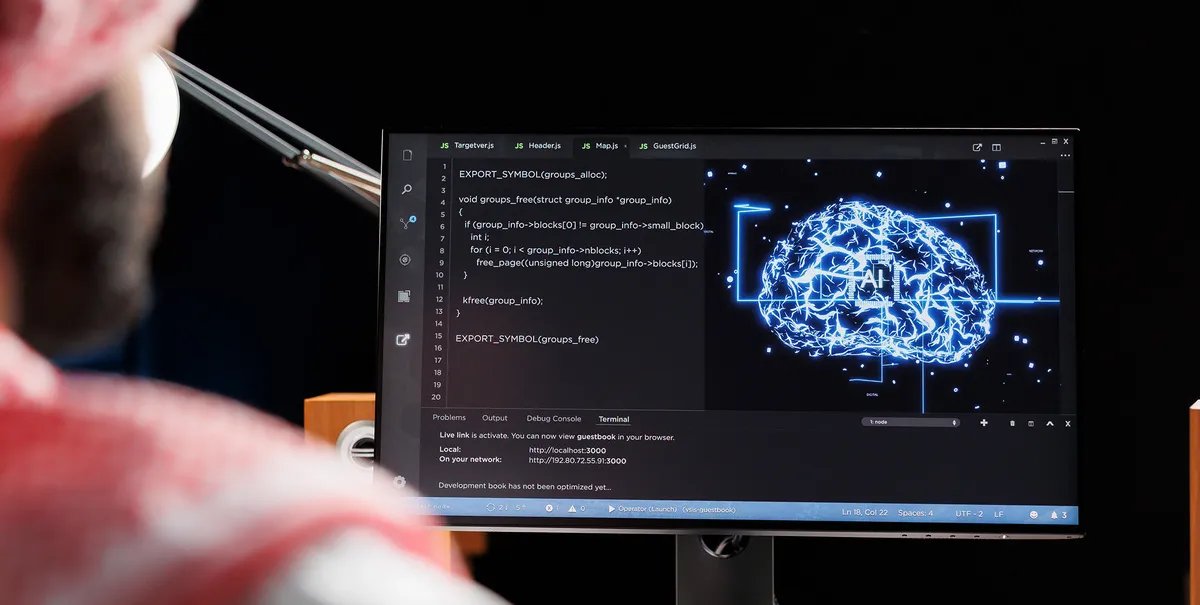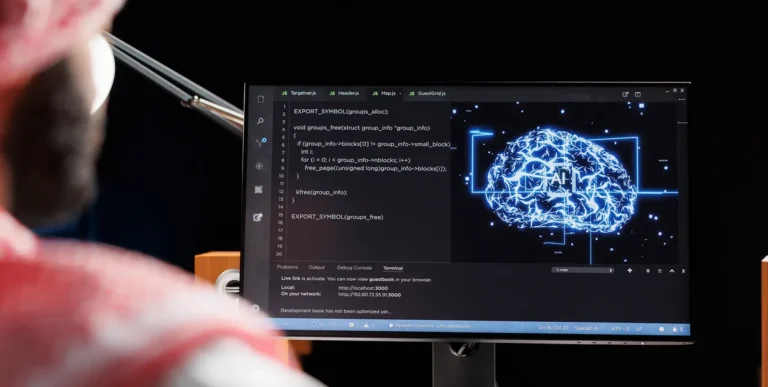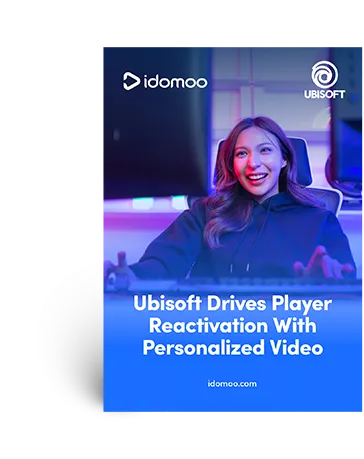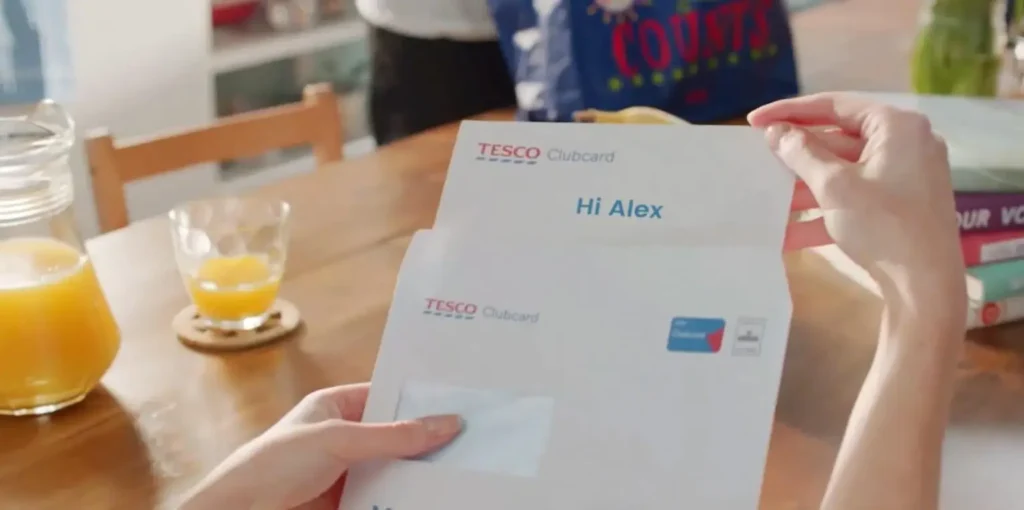Artificial intelligence powers the modern customer journey for many brands, spanning every industry from fintech to entertainment. AI tools drive powerful personalized experiences for individuals, inspiring customer loyalty and retention. When leveraged well, supportive AI tools can raise customer satisfaction by up to 20%.
We’ve gathered some fantastic examples of brands using AI to make their customers’ experiences better. Before we jump in, let’s first discuss the types of AI these technologies are using: traditional and generative AI.
Traditional vs. Generative AI
When we think about AI, it’s easy to lump all forms of AI into one category. In reality, though, there are two types of artificial intelligence: traditional AI and generative AI. You can use both forms of AI to personalize the customer experience.
Traditional AI
Traditional AI powers the algorithms we’ve become accustomed to. It’s trainable machine learning that focuses on data aggregation and task execution. In other words, the use of AI in a traditional sense means the AI is collecting metrics and will then act on that data in a specific way.
Brands train AI algorithms to act on various factors, including buying behavior and customer feedback. They use technologies such as natural language processing (NLP) for customer feedback and sentiment analysis, market research, user authentication, customer support and more.
Here are some places where you’ll see traditional AI in action:
- Personalized recommendations on streaming platforms
- Website and social media chatbots
- Product recommendations on your favorite shopping app
- Spelling and grammar tools such as Grammarly
- Social media algorithms that deliver personalized content recommendations
- Automation for marketing campaigns
Generative AI
Unlike traditional AI, generative AI creates something new for the user. Generative AI advancements have overtaken the tech world over the past few years.
Tools such as ChatGPT, Claude, Gemini, Jasper and many others help users create on a large scale. You can use generative AI to make everything from artwork and videos to written content and marketing strategies.
How Brands Personalize the Customer Experience With AI
Brands of all sizes and across industries leverage AI hyper-personalization for their audiences.
We’ve gathered some excellent use cases demonstrating how the world’s top brands use AI to improve the customer experience. Let’s jump in.
AI Personalization in Fintech
Fintech platforms worldwide have adopted AI technology to make money management and financial transactions faster, easier and more affordable. AI slashes the time it takes a customer to get an online bank account, apply for a loan or make an online purchase.
PayPal’s Advanced Offers Platform is one of several tech upgrades PayPal is rolling out this year. The AI uses PayPal’s extensive customer data set to provide shoppers with personalized recommendations based on user behavior. Merchants can then use the platform to run highly targeted offers in real-time, maximizing their ad spend.
Upstart, an AI-powered lending platform, uses over 1,000 data points in combination with machine learning to match customers with personalized loan recommendations.
The technology moves users through the application process quickly. This saves time, money and frustration in a historically stressful and time-consuming process.
AI for Personalized Customer Support
Building a strong customer relationship starts with the first point of contact. These days, many brands use AI-powered chatbots to spark customer engagement or provide customer support. Some use personalized emails to take communication a step further.
Brands use chatbots in a variety of ways on social media, websites and mobile apps. Bank of America’s chatbot, Erica, helps banking customers navigate their finances. Erica is an AI-powered financial assistant. Customers can use the app to manage their money, reducing the time they might typically spend waiting on hold or speaking to a representative.
Dom by Domino’s is another great example. This AI-powered chatbot helps you order the perfect pizza. Users can place a new custom order, reorder an old favorite and even track their order once they’ve placed it.
Chatting with Dom gives the process more of a conversational feel than simply filling out an online order form.
Hyper-Personalized TV and Music Streaming
Streaming apps are recommendation engines that use AI tools to cater to customer preferences. We’ve all opened a streaming app to find fresh new recommendations waiting for us. This style of content personalization creates a uniquely tailored customer journey for individual users.
Netflix’s personalization strategy relies on AI tools like machine learning algorithms to track customer behavior. The result is fine-tuned optimization based on your individual viewing history. Viewers get recommendations based on comparable titles, genre, sub-genre and more.
Regarding personalization efforts, Spotify is well-known for its custom playlists. Spotify relies on AI algorithms to build playlists and artist recommendations based on your listening activity. It’s a fantastic way for customers to get more of the music they love from their favorite artists — and discover new favorites along the way.
Currently, Spotify is beta testing an AI playlist tool for Premium users. This tool lets customers build a playlist based on an idea or spark of inspiration.
AI Personalized Video
AI Personalized Video is another excellent way brands use AI to generate custom content. Users can instantly convert a written document or a webpage with customer support instructions into an AI-powered video. At Idomoo, our Enterprise AI Video tool makes this possible. Take a look at the video below, which was created simply by dropping a PDF into our AI. (Doc to video is just one use case for AI video — there’s web to video, knowledge base to video and more.)
Personalized Video makes concepts easier to understand, especially when the subject matter is difficult or complex. The right combination of video footage, voiceover, and background music strikes an emotional chord with users and drives them to take action.
Post on
AI-generated video is an excellent way to incorporate more branded content into your marketing. Over 80% of consumers want more video content from brands, but scaling video creation has historically been expensive, reserved for big businesses or big campaigns.
If you don’t have the budget to hire a professional video agency, AI can get you up and running, no tech skills needed.
Our AI video tool is trained on your brand so it can emulate your brand styles and even learn from human designers, going way beyond just matching fonts and colors. There are myriad possibilities, whether you’re advertising your business, as seen in the video below, or creating Personalized Video for customer retention.
Personalizing Retail and ECommerce
AI algorithms are deeply embedded in modern retail and ecommerce.
In fact, 63% of retail companies use AI to enhance the customer experience. Retailers are using a combination of traditional and generative AI tools across multiple touchpoints in their businesses.
For instance, machine learning systems study customer behavior and purchase history. Then, they recommend products based on specific data points, such as items you’ve bought.
Stitch Fix is one great example of an AI-driven recommendation system. Shoppers can input their preferred styles for the Stitch Fix algorithm to learn. Then, just like a personal stylist, the AI makes product recommendations tailored to your preferences and shopping habits.
Generative AI technology has made its way onto the ecommerce scene, too. Amazon recently unveiled Rufus, a new conversational AI tool for personalized product recommendations.
Shoppers can interact with Rufus like they might a personal shopping assistant. For example, you can ask Rufus to compare products for you. In the video example below, the user asks for a comparison between pour-over and drip coffee makers.
Product recommendations are a game changer for online shoppers, but Walmart is taking personalization a step further. AI powers its new virtual try-on tool and uses pictures of each customer to create a virtual shopping experience.
Rather than browsing through images of models on Walmart’s website, customers become their own model. What better way to offer hyper-personalized recommendations than by giving users a virtual dressing room?
Next AI Personalization Example: Your Brand
AI-powered personalization is a powerful way to build stronger customer relationships, boost satisfaction, and drive sales and retention. Depending on your customers’ specific needs, many different avenues exist to explore. You have a world of possibilities to explore from recommendation engines to custom AI video.
Want to know more about how AI-generated video can enhance your user experience? At Idomoo, our Enterprise AI Video solution helps brands create more customized, branded video content at scale. It’s a great way to incorporate professional quality video into your content marketing and get more eyes on your brand. And with our proven track record in data privacy, you can rest assured that your customer data is secure.








